Puskás Arena: Hungary
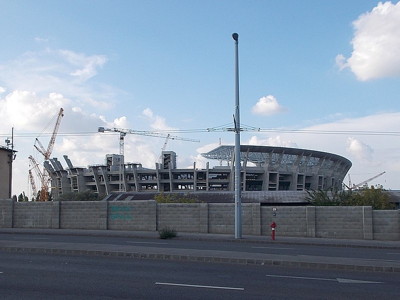
Globetrotter19 [CC BY-SA 3.0], via Wikimedia Commons
Mention the name Puskás to most football fans and they will soon wax lyrical about the former Hungarian forward who most people consider to be one of the best players of all time. He sits up there with the likes of Pelé and Lionel Messi as being a true great of the game. He had already been honoured by Hungarian football thanks to the fact that the former ground of the national team had been named in his honour as the Ferenc Puskás Stadium. That was demolish in 2016 to make way for this new ground, however.
The new stadium was built over two years between 2017 and 2019 with the specific aim of being one of the venues used for the 2020 European Championship, which is to be held across numerous countries in Europe. It’s the home of the Hungarian national team, which has been playing competitive games since talking part in the 1912 Summer Olympics. A team that has always commanded respect, they’ve finished as runners-up in two World Cups and third in a European Championship.
Stats
| Puskás Arena Stats | |
|---|---|
| Year Opened | 2019 |
| Capacity | 67215 |
| Average Attendance | 55010 |
| Record Attendance | 65114 (Hungary v Uruguay (2019)) |
| Pitch Size | 105 x 68 (7140) |
| Owner | Hungarian Football Federation |
| Clubs Hosted | Hungary National Team |
| First Fixture | Hungary v Uruguay (2019) |
| Hungary Stats | |
|---|---|
| Year Founded | 1912 |
| Nickname | Magyarok (Magyars) , Nemzeti Tizenegy (National Eleven) |
| Rivals | Romania, Austria |
| Previous Stadiums | Ferenc Puskás Stadium, Groupama Arena, and Nagyerdei Stadion |
| Kit | Red, white & green (Home) / White, red & green (Away) |
| Training Ground | MLSZ Technical Centre |
| Team Owner | Hungarian Football Federation |
| Record Goalscorer | Ferenc Puskás (84) |
| Record Appearances | Gábor Király (108) |
Puskás Arena Photos
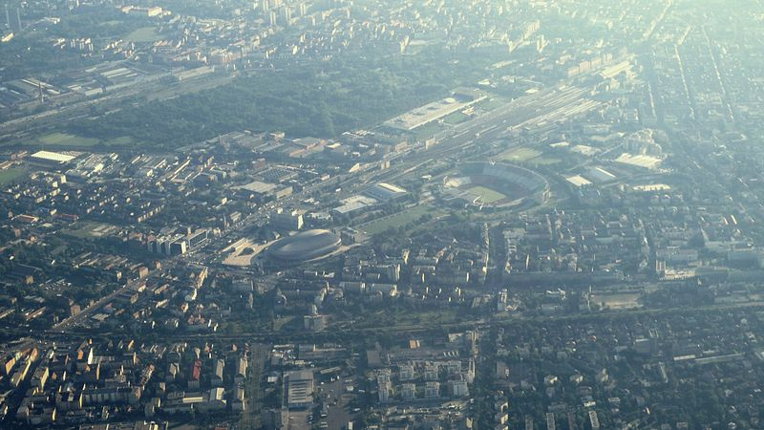
Bjoertvedt [CC BY-SA 4.0]
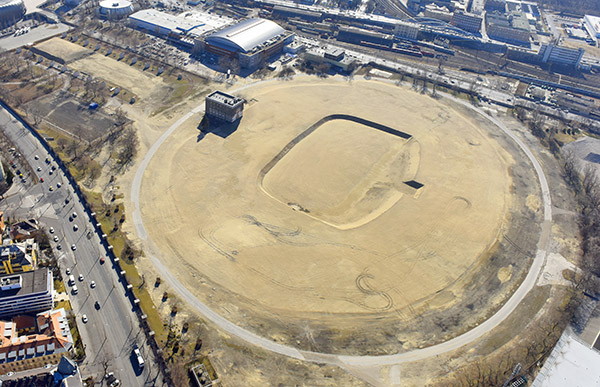
Civertan Grafikai Stúdió [CC BY 2.5]
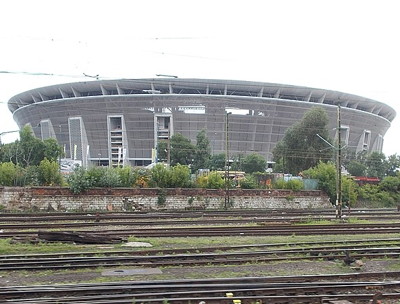
Globetrotter19 [CC BY-SA 3.0]
Puskás Arena Seating Plan and Where to Sit
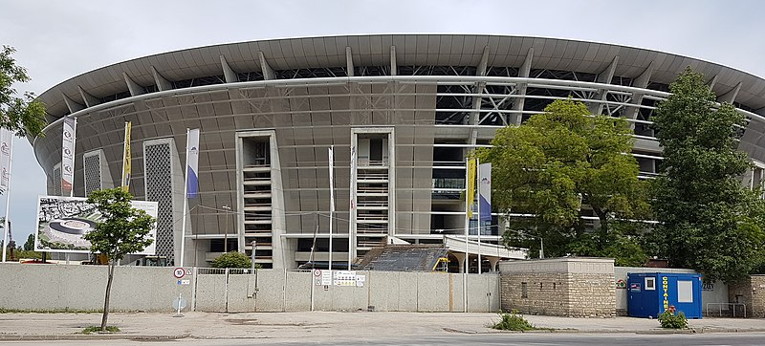
The stadium is, as most modern stadia are, built in a bowl style. There are two tiers, with the seating being continuous right the way around the structure.
Hungary Ticket Prices
Ticket prices for international games are often set according to the competition that the match is part of. Friendlies will obviously command less of a fee than European Cup matches, for example, and World Cup matches will often be more expensive than them.
How To Get Hungary Tickets
When international tournaments roll around the first place to look for tickets is with the event organiser and then the national side’s Football Association. It’s sometimes possible to get tickets directly from the venue, but that should be your last port of call.
Where to Buy
Getting To Puskás Arena
Train – It will take you around 24 hours to travel from London to Budapest if you’re hoping to go by train. The best route involves the Eurostar to Paris, a high-speed train to Munich and then a sleeper through to you destination.
Once you’re in the city, however, you can get trolleybus 75 to the ground as well as the metro. If you’re opting for the latter then look out for the M2 line and get off at the . Puskás Aréna stop.
Bus – There are dozens of bus routes that will take you to the ground, so simply ask at the tourist information for the right one according to where you are located.
Car – Kerepesi út and Hungaria krt are the two main roads that run closest to the stadium and, of course, it is well sign-posted the closer that you get. If all else fails, use a sat-nav or your phone’s map function.
By Air – There are actually four airports that serve Hungary’s commercial interests, with Budapest Ferenc Liszt International Airport being the one that you’ll be flying into for a match in the capital. It’s about ten miles or so from the centre of the city and buses run every ten minutes to transport you to where you need to go.
Taxi – Getting a taxi from the middle of Budapest out to the stadium will set you back around 2.149 Ft, taking about fifteen minutes to complete its journey.
Parking Near Puskás Arena
The parking closest to the ground is for special guests and player coaches etc., so you’d be best off parking in the city centre and making your way out to the ground from there.
Useful Resources
Puskás Arena Hotels

Hotel Hungaria City Center - £50+

Royal Park Boutique Hotel - £80+

Lions Garden Hotel - £100+
Pubs and Bars Near Puskás Arena
Kaledónia Skót Pub & Ajándék Üzlet
Becketts Irish Bar & Restaurant
John Bull Pub
Facilities
As one of the newest stadiums in the world, not just Hungary, at the time of writing, it’s far to say that the stadiums facilities are amongst the best you’ll find in any ground.
Hospitality
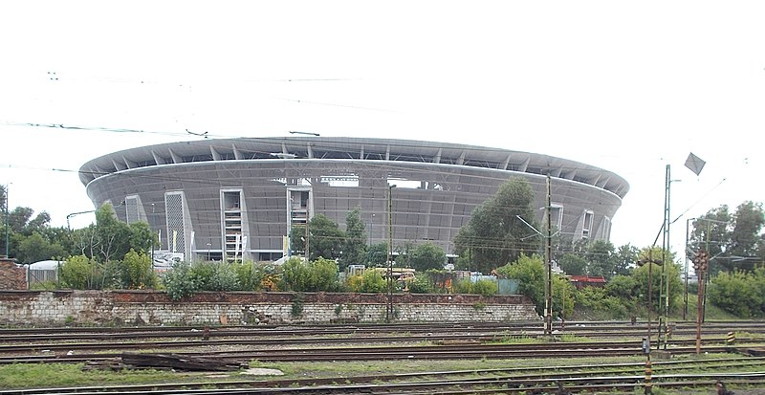
The ground has been built to meet UEFA and FIFA’s requirements for a modern stadium, which includes plenty of top-class hospitality areas.
Private Hire
At the time of writing there’s no information about the stadium’s private hire options, but it’s reasonably safe to assume that it will be possible to hire it given that most stadium owners like to earn some extra money by allowing for this.
Stadium Tours & Museum
At the moment we have no information about stadium tours, but if that changes we’ll update this section.
About Hungary
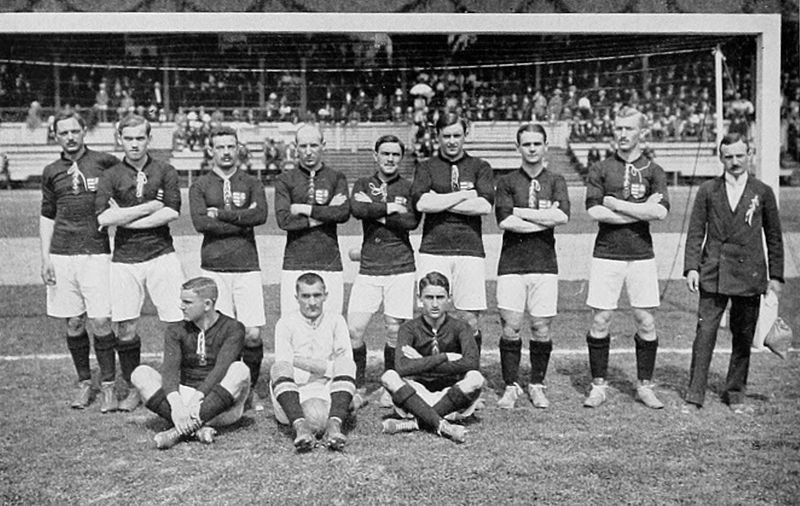
Even during the era of the Austro-Hungarian Empire the two nations had their own football teams. Hungary’s first proper foray into the world of competitive football came in 1912 when the national side took part in that year’s Summer Olympics. That they lost 7-0 to England might well have caused headlines, but the Hungarian team had had to ask for donations to even be able to attend the competition, so they weren’t too ashamed. They soon made up for it, playing friendlies against Russia after the tournament that they won 9-0 and 12-0. Their first appearance in a World Cup came in 1934 when Italy hosted.
Hungary has achieved a degree of success over the years, not the least of which was the country’s three Summer Olympic gold medals. The first of these came in 1952, with the other two being won in 1964 and 1968. The 1952 win was thanks in no small part to the skill and ability of Ferenc Puskás, who helped to revolutionise the game of football at the time. In fact, between May 1950 and February 1956 the side only lost in the World Cup final in 1954, winning 43 games and drawing 6. It’s a different side altogether now, of course, but the Hungary of old was a phenomenal team.
Puskás Arena History

As with all such new stadia, the history of the Puskás Aréna is still to be written. Even so, there’s still a fair amount that we can tell you about it. When the idea of building a new stadium was first mooted in 2011 the budget was declared as being 35 billion Hungarian forints. By 2014 that had risen to around 100 billion Hungarian forints. Later that year the plan for the new stadium was presented by György Skardelli, the Hungarian architect who had also built the László Papp Budapest Sports Arena that was located nearby. By the time that 2017 rolled around the budget had almost doubled again, being declared as 190 billion Hungarian forints. That made it more expensive than the likes of the Emirates Stadium in London and Munich’s Allianz Arena.
In April of 2019 it was announced that Hungary Budapest Exiles RFC would call the stadium their home for the 2019-2020 season. It is designed to be a multi-purpose venue, adding the ability to hold conferences and concerts to the footballing nature of the venue. The most exciting thing about the new ground was always going to be the fact that it is one of the stadiums being used for the 2020 European Championship, though in 2018 Balázs Fürjes said that he hoped it would be used for the Champions League final in 2021.
Future Developments
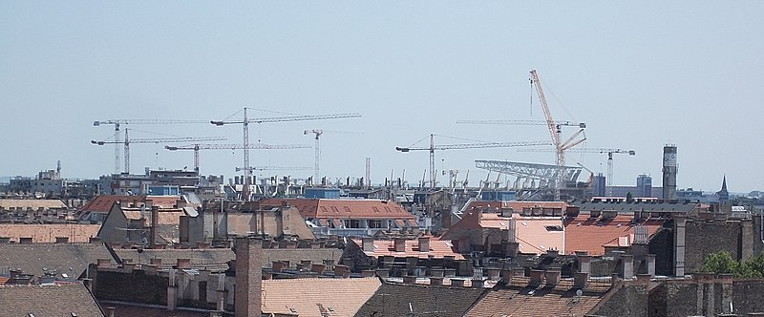
It goes without saying that there are no plans for future developments of the stadium at the time of writing. Obviously it is one of the newest and most state-of-the-art venues in world football, so it’s unlikely to have any major alterations done to it for the foreseeable future.
